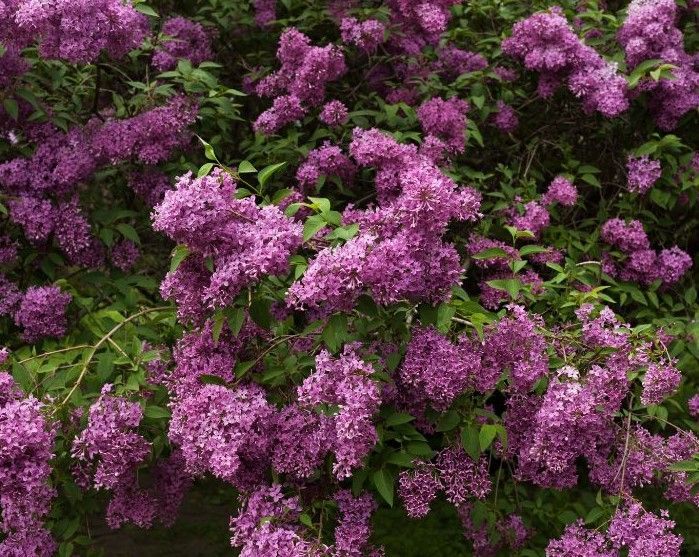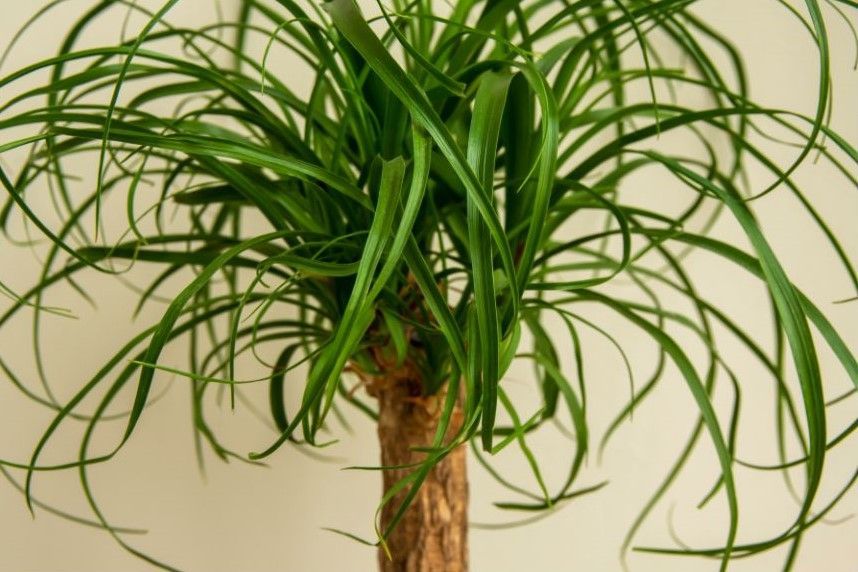What Happens to Trees in Fall?
The relationship between trees and the changing seasons is a fascinating dance, but nothing compares to the transformation that takes place in fall. As the days grow shorter and the air turns crisp, trees respond with a breathtaking display of color. Leaves shift from green to vibrant reds, oranges, yellows, and purples, painting entire landscapes in hues that evoke wonder and awe.
This seasonal transformation is not just about beauty—it's a complex process as trees prepare for the colder months ahead, slowing down their activity to conserve energy. The sight of brilliant foliage, set against the backdrop of cooler temperatures and clear skies, invites us to explore nature more deeply, whether we're hiking through forests or simply enjoying a quiet walk in the park.
Physiological Changes to Trees in Fall
In fall, trees undergo significant physiological changes to prepare for the colder winter months. These changes are triggered by shorter daylight hours and cooler temperatures, leading to key processes that help trees conserve energy and protect themselves.
- Chlorophyll breakdown. As days shorten and temperatures drop, trees stop producing chlorophyll, the pigment responsible for their green color. Without chlorophyll, other pigments in the leaves, such as carotenoids (yellow/orange) and anthocyanins (red/purple), become visible, giving trees their vibrant fall colors.
- Nutrient reabsorption. Before leaves fall, trees reabsorb essential nutrients like nitrogen and phosphorus from the leaves. These nutrients are stored in the tree’s roots and stems for use in the next growing season. This process helps trees conserve energy during the winter.
- Leaf abscission (leaf drop). Trees form a specialized layer of cells called the abscission layer at the base of each leaf stem. This layer cuts off the flow of water and nutrients to the leaf, eventually causing it to detach from the tree. The purpose of shedding leaves is to reduce water loss and minimize the risk of damage from snow and ice accumulation in winter.
- Dormancy. As temperatures continue to fall, trees enter a state of dormancy, similar to hibernation. Growth slows down, and metabolic processes significantly decrease. This conserves energy and protects the tree from winter conditions. Dormancy is essential for trees to survive the freezing temperatures.
- Root activity. While above-ground activity slows, root systems remain somewhat active, especially in the early fall. Roots continue to grow and absorb water until the ground freezes. This helps the tree prepare for winter and store water to avoid dehydration.
- Water retention. Trees prepare for winter by increasing their internal water retention. Some trees produce more sugars and other compounds to act as "antifreeze," helping protect their cells from freezing temperatures.
- Seed dispersal.
Many trees produce fruits and seeds during the fall as part of their reproductive cycle. This is a strategic time for dispersal, as seeds are released and may be carried away by wind, water, or animals, facilitating the growth of new trees in different locations.
Tree Care Requirements in Fall
Proper tree care during the fall is essential for maintaining tree health and preparing them for the winter months. Here are some key requirements for fall tree care:
- Deep watering. Trees need sufficient moisture going into winter. Water deeply, especially if the fall season is dry, to help trees store water for the colder months. This is especially crucial for evergreens that continue to lose moisture during winter.
- Mulching. Apply a layer of mulch around the base of the tree to retain soil moisture, regulate temperature, and protect roots from frost. Keep mulch away from the tree trunk to prevent rot and pest issues.
- Pruning. Fall is an ideal time to remove dead, damaged, or diseased branches. Pruning in fall helps reduce the risk of storm damage and prepares the tree for healthy spring growth.
- Fertilization. After the growing season, applying a slow-release fertilizer can provide essential nutrients that trees store for spring. Fall fertilization promotes root growth and improves a tree’s ability to recover from stress.
- Leaf cleanup. Remove fallen leaves around the tree to prevent the spread of diseases or pests. Leaves can harbor fungi and bacteria that may cause harm to the tree or nearby plants.
- Inspect for pests and diseases. Inspect trees for signs of pests or diseases that may have developed during the summer. Address any issues before winter to prevent further damage.
Conclusion
As trees change with the seasons, we gain a better understanding of their natural cycles and how they adapt. Fall, with its vibrant colors, is a clear reminder of how trees prepare for winter and the colder months ahead. Whether you're maintaining trees or just enjoying their beauty, this season offers a chance to appreciate nature's process. By learning about the needs of trees in each season, we can help keep them healthy and build a stronger connection to the environment.

Sign up for monthly newsletters!
From easy tree care practices to fun DIY projects, we've got something for everyone.

Interested in what we can do for you?
Call us at 610-648-0404 or book an appointment online.

Sign up for monthly newsletters!
Get our latest articles, delivered right to your inbox. No spam, ever.
Check out the latest...
Sign up for monthly newsletters!
From easy tree care practices to fun DIY projects, we've got something for everyone.






WHAT WE DO
WHO WE ARE
Join the Tree Society newsletter
Get monthly articles on the latest in the tree care industry, curated by people deeply passionate about environmental stewardship.



